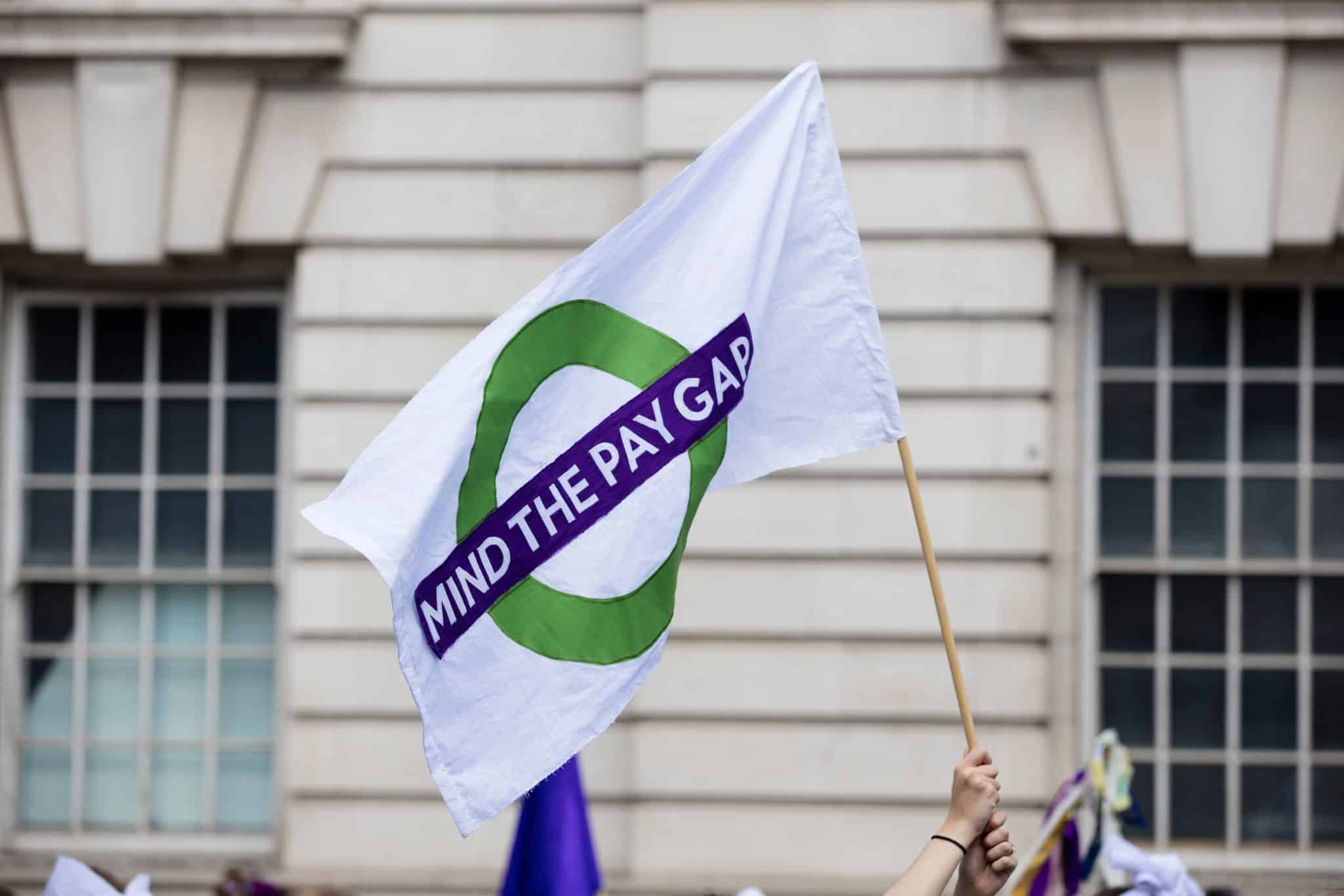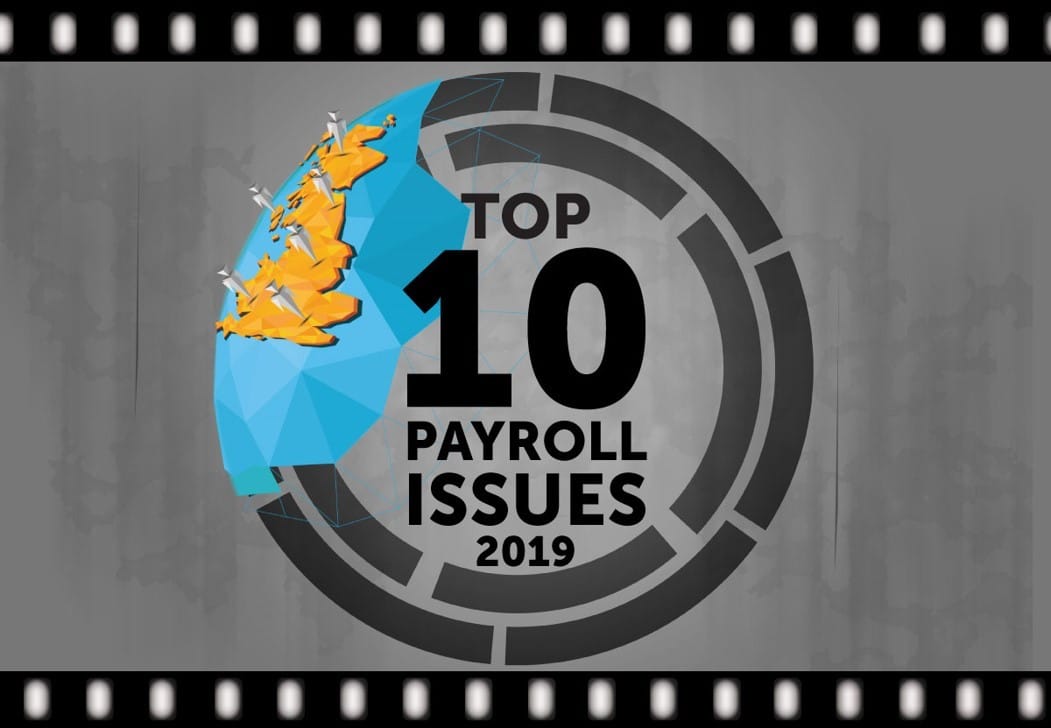2nd April 2019

By 4th April 2019 all companies with more than 250 employees must publish their gender pay gap report. Despite this, businesses are dragging their feet.
With just one week to the deadline, nearly two-thirds of companies still have not disclosed the average difference between what they pay male and female employees per hour.
In total, more than 10,000 of the UK’s large firms are expected to report, but just under 4,000 had done so by Wednesday morning, reported the BBC. Based on the figures so far, three out of four UK companies have a pay gap.
Based on the figures from last year, we know that financial institutions have some of the biggest gender pay gaps. Half of the large firms with the widest gaps are banks:
- Barclays Investment Bank
- Lloyds Bank
- Clydesdale
- RBS
- Lloyds Banking Group
They all filed pay gaps of more than 30%. This means that for every £10 the average man working there earns, the average woman takes home less than £7.
What’s required of the Gender Pay Gap Information Regulations?
The regulations require employers to publish the following metrics:
- Mean gender pay gap
- Median gender pay gap
- Mean bonus gap
- Median bonus gap
- Proportions of males and females who receive bonuses
- Relative proportions of male and female employees in each quartile pay band
The way in which these measures are constructed may differ from your current internal reporting. Each of the metrics gives you a slightly different take on your gender pay gap, which helps paint the most inclusive picture.
Each is more meaningful if read alongside the others and in the context of your overall HR and payroll policies and practices.
Key gender pay reporting dates for 2019
The gender pay gap reporting deadlines for 2019 are:
- 4th April for private companies and charities
- 30th March for public-sector organisations
In the private and voluntary sectors, the regulations apply to employers in Britain with at least 250 employees on the ‘snapshot date’. The snapshot date is 5th April in each year.
In the public sector, the regulations apply to public authorities in England and to certain cross-border authorities and non-devolved authorities operating across Britain. The snapshot date is 31st March in each year.
Around 6% of organisations that had to publicly report their gender pay gap figures for 2017 did so after the spring 2018 deadline. 100% compliance was only achieved in August 2018.
How to report your gender pay gap data
First, you need to gather your data. The best way to do this is through your HR and payroll teams or outsourced payroll provider. They will have access to the data you need to determine your gender pay gaps.
You should also set up systems to continually monitor and report on your gender pay gap data in order to meet the continual reporting deadlines. This will also help your business internally.
Regular gender pay gap reporting allows you to see how well your policies and compliance champions are working. The last thing you want to be is amongst the 39% of businesses that are taking backward steps with equality in the workplace.
If there are issues, reporting will show that and you can address the issue before you next report to the government. Once you have your data, you need to submit it to the government before 4th April 2019.
The gov.uk website has a portal through which you can submit your data. If you got a letter from the Government Equalities Office, use the reference number and security code in the letter to register to use the service.
If you don’t have the letter, you can still register to use the service and wait for an identification number in the post.
Penalties for non-compliance
Non-compliance will amount to an unlawful act falling within the enforcement powers of the Equality and Human Rights Commission. As a result, you could face unlimited fines.
The Equality and Human Rights Commission aims to resolve non-compliance through correspondence with non-compliant employers. The Commission’s powers of enforcement are set out in the Equality Act 2006.
Honesty is the best policy
If you submit data that has not been calculated in accordance with the gender pay gap reporting regulations, you will be in breach of the regulations and subject to fines in the same way as those who publish no data at all.
While the Equality and Human Rights Commission initially intends to drive up reporting by focusing on employers who do not publish any data, it has the means to identify businesses who submit statistically improbable data and will consider taking action against them.
If a private or voluntary sector employer does not comply after the Commission’s initial correspondence, it will carry out an investigation into whether they have committed the suspected unlawful act, that is, a breach of the gender pay gap reporting regulations.
The House of Commons Library has published a useful research briefing on the gender pay gap which includes an assessment of the Commission’s enforcement powers in relation to gender pay gap reporting.
Will gender pay reporting actually improve gender pay gaps?
Is any of this reporting worth it?
Change takes time, but reporting to the Government has revealed positive results on other issues. Back in 2013, the Government required companies to measure and report greenhouse gas emissions. Since then, UK emissions are lower than 43% of 1990 levels – a dramatic change over a short time.
Meeting gender pay reporting requirements provides businesses with the insights and metrics they need to action positive change. You also get a better understanding of where your business sits in your industry from a societal perspective, allowing you to maximise reputation gains.
Ultimately, gender pay reporting educates business leaders in how they can change things for the better. Back in January, an analysis of the 2018 gender pay gap data found that gaps are narrowing.
The average difference between all employers’ 2017 and 2018 media hourly pay gap was 0.6 percentage points in favour of women.
However, the gap had worsened for women at 36% of the 600 organisations that had reported their data. Notable organisations that reported rising gaps included Virgin Atlantic, HSBC, Ofsted and the Department for Digital, Culture, Media and Sport.
So, there is still lots to do to address the balance, but reporting is having an impact. Most importantly, it is keeping the issue in the minds of employees and media. This keeps pressure on businesses to change things up and action policies to enforce change internally.

Top 10 Payroll Issues 2019
Read our eBook on the critical issues facing payroll and HR teams in 2019


